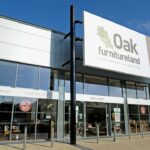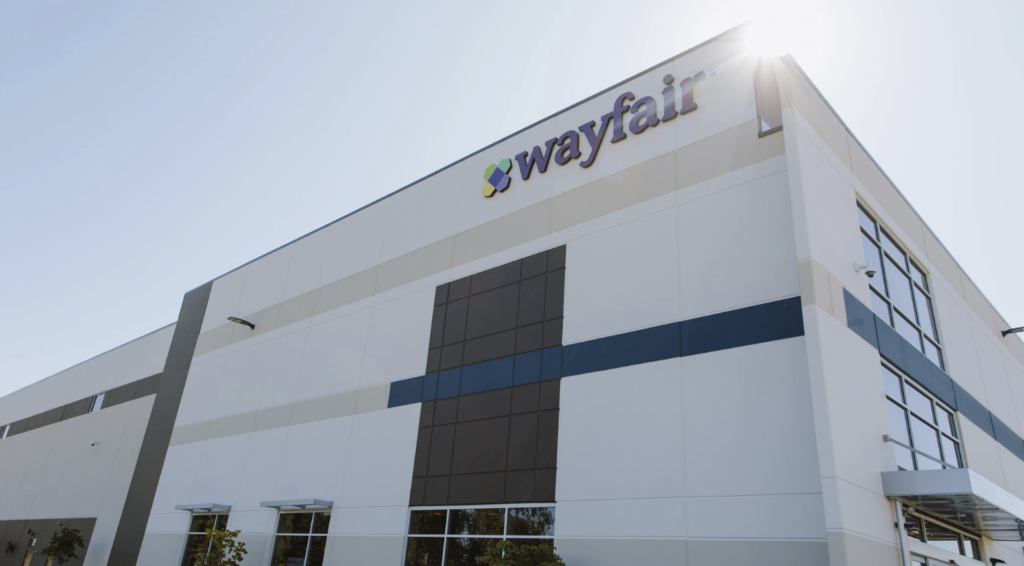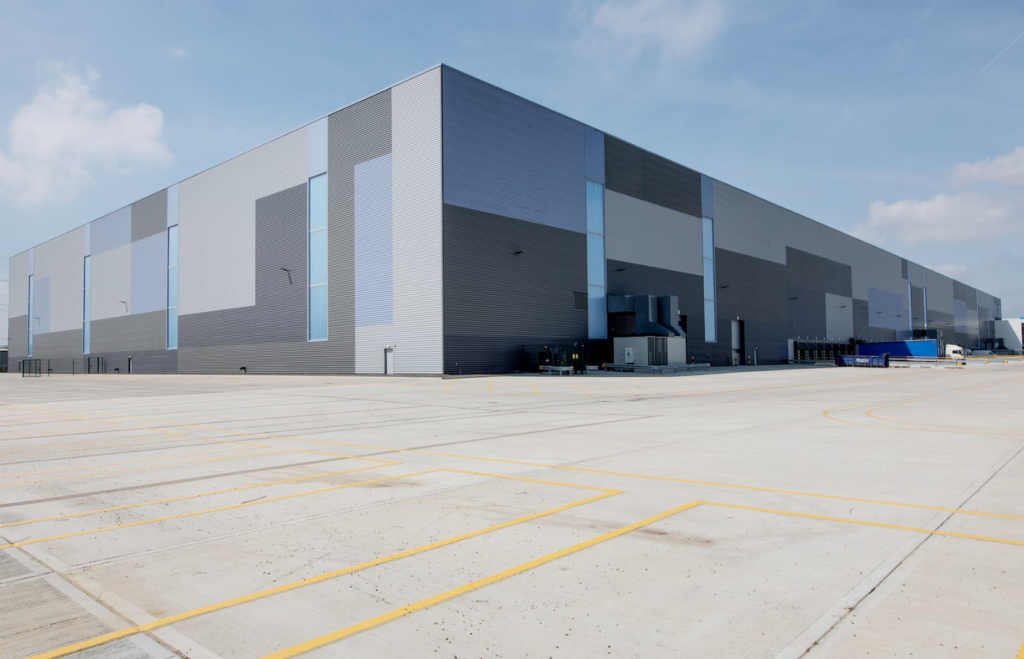Furniture prices remained high during June but eased for a tenth straight month as overall inflation slowed.
According to the latest Office for National for National Statistics (ONS) data, the Consumer Prices Index (CPI) rose by 7.9% in the 12 months to June 2023, down from 8.7% in May. On a monthly basis, CPI rose by 0.1% in June 2023, compared with a rise of 0.8% in June 2022.
Furniture and furnishing prices rose by 5.9% in June, down from 7.8% in May, while also declining from 16.3% compared to the same month last year. This marks the tenth consecutive month of easing price inflation and the lowest rate in well over a year.
The retail price of household furniture decreased to 6.2% in the month from a rise of 8.2%, while also down from 16.6% last year.
Garden furniture prices rose 3.4%, down from 4.6% on last month and down from 25.5% compared to last year.
Carpets and other floorcoverings prices increased 9.1%, down from 10.3% the previous month, while rising from 8.3% rise last year.
Other household textile prices, including furnishings fabrics, curtains and bedding, saw prices rise by 3.8%, down from 4.3% the previous month, while also down from 5% on last year.
Meanwhile, Producer Price Inflation (PPI) saw the rate of furniture output prices, factory gate, rise 10.4% in June on the same month in 2022. The rate was in line with the rise of 10.4% in May.
Furniture input prices, material cost of production, were down 1.6% in June on the same month last year, while declining from a rise of 0.3% the previous month.
Producer input prices fell by 2.7% in the year to June 2023, down from a rise of 0.4% in the year to May 2023. Producer output (factory gate) prices rose by 0.1% in the year to June 2023, down from a rise of 2.7% in the year to May 2023. On a monthly basis, producer input prices fell by 1.3% and output prices by 0.3% in June 2023.
Commenting on the inflation figures for June, ONS Chief Economist Grant Fitzner said: “Inflation slowed substantially to its lowest annual rate since March 2022, driven by price drops for motor fuels. Meanwhile, core inflation also fell back after hitting a thirty-year high in May.
“Food price inflation eased slightly this month, although it remains at very high levels. Although costs facing manufacturers remain elevated, especially for construction materials and food items, the pace of growth has fallen across the last year with the overall cost of raw materials falling for the first time since late 2020.”
Helen Dickinson, Chief Executive of the British Retail Consortium, added: “Efforts by retailers to curb price rises and reduce inflation appear to be paying off as inflation rates for food fell for the third month in a row. Prices for cheese, fruit and fish all dropped as lower commodity costs and cheaper energy prices filtered through to customers. There were also drops for many non-food items such as children’s clothing, household textiles, and domestic appliances, boosted by an increase in summer discounting. However, supply chains remains volatile: Russia’s decision to pull out of the Black Sea Grain Initiative could increase costs for some staples in the future.
“Falling inflation rates are welcome news, and a clear sign that competition is bringing down prices wherever cost pressures ease. Retailers are doing their bit but Government also has a role to play to bring inflation down: the upcoming Deposit Return Scheme and reformed packaging levy (‘Extended Producer Responsibility’) would saddle retailers with another £4bn in costs, putting renewed pressure on prices. Government should reconsider the timelines for these interventions especially on the back of costs arising from Windsor Framework labelling, and upcoming increases to business rates.”















